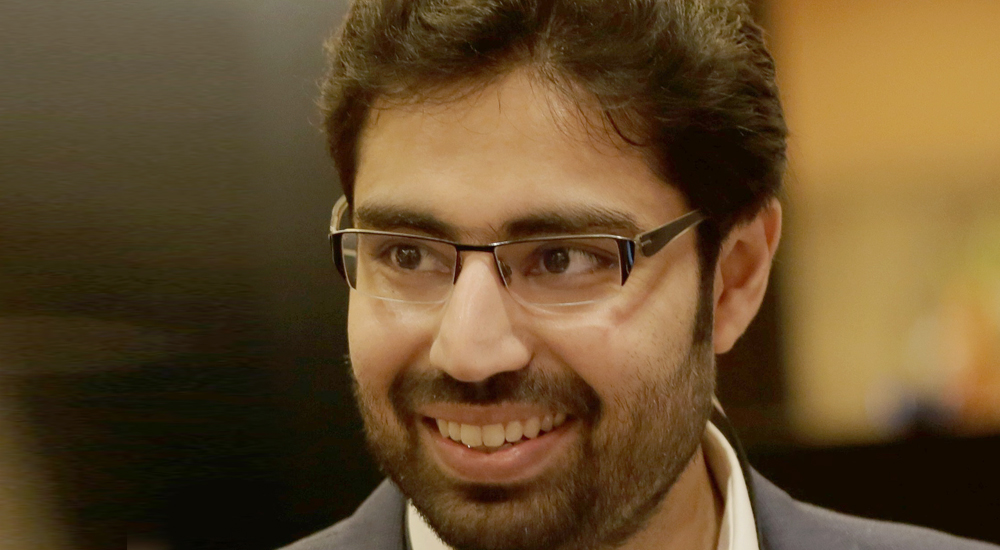Using neuromorphic artificial intelligence to build facial recognition systems

The use of artificial intelligence is a rapidly growing trend across several industries. Key among them is security. Using pattern recognition and improved applications of neural processing, artificial intelligence is helping them become more efficient. Artificial intelligence can instinctively pick up on commonly occurring patterns and acting accordingly with minimal external guidance. The system can then build a database of information based on the recognition of these patterns and reach meaningful and accurate outcomes based on the data.
One might say that is an investment that pays for itself, in that its true value is only fully realised once it is used enough to process layer upon layer of intersecting and diverging threads of data over a period of time and bringing them together into a cohesive web of meaningful information.
A facial recognition system is a computer application capable of identifying or verifying a person from a digital image or a video frame, using a video source such as a surveillance camera or CCTV. The system matches the input against the entire database simultaneously rather than by process of individual elimination. It can also be trained to retain any incorrect input and disallow any future use of this input through machine learning.
Compared to other biometric identification techniques available today such as fingerprint analysis, which require a precise and complete imprint of the finger each time, or iris detection – positioning the eye directly in front of the scanner, face and speech recognition are easier as they often can be completed passively. And since the databases for this information are ever-increasing, there is a tremendous need for a faster and more power-efficient implementation of face and speech recognition algorithms.
Current software implementations are impaired by the prevalent paradigm of Von Neumann computing, resulting in slower training and recognition times.
When the recognition times of a neuromorphic chip are compared with that of various software libraries, the results clearly show that the recognition times are much faster even for small datasets, while still maintaining accuracy comparable to the software solution. This scalability and consistent recognition time provides a huge advantage for real time computations, making them virtually independent of the dataset size.
The key challenges with working on artificial intelligence systems are a double-edged sword. If using mainstream technologies, the dependence on high processing requirements is immense, and more often than not, unable to be fulfilled by existing mainstream technology. The alternative is creating a highly customised, specialised system, while incurring the significant costs of Application-Specific Integrated Circuit, customised for dedicated function rather than multipurpose use, that are inflexible, and not easily available.
Staying offline poses a range of different options, each with its own pros and cons. The biggest choice is selecting the type of hardware to use – normal computing, Field Programmable Gate Array, or ASICs. These also need a dedicated connection to a server where the processing of data can take place in a controlled environment.
There are several services that offer cognitive solutions that are hosted on a cloud server – available all the time – but this requires the process to provide data in a specific format through an API built into an application created to speak to the cognitive services hosted on a server somewhere else in the world.
This, however, raises the concerns of security and reliability. These services are usually maintained by third parties, which means that any down times could affect the actual processing of data, although this is not a common occurrence.
The demand for neuromorphic technology has been growing and improving steadily. Ultimately, the solution depends entirely on the nature of the application.

NeuroMem chips
Dr Manan Suri, has been building complex functional neuromorphic systems using NeuroMem technology chips. He and his team have developed proprietary low-power AI applications in the field of security such as facial recognition. Dr Suri has been working on making the entire process far more accurate and efficient using NeuroMem, and its ability to localize pattern matching, whether voice or facial.
His team has prototyped different proprietary multimodal authentication systems using bio-inspired architectures powered by NeuroMem hardware and unique processing techniques. The Neuromem chip offers consistent recognition time, irrespective of the size of the knowledge base, which gives massive time gains in learning and recognition, and also minimises the risk of error by having a second frame of reference to be checked against.
Key takeaways
- A facial recognition system is a computer application capable of identifying a person from a digital image or a video frame.
- Compared to other biometric identification techniques, face and speech recognition are easier as they can be completed passively.
- When recognition times of neuromorphic chips are compared, results show recognition times are much faster even for small datasets.
- Current software implementations are impaired by the prevalent paradigm of Von Neumann computing, resulting in slower training and recognition times.





